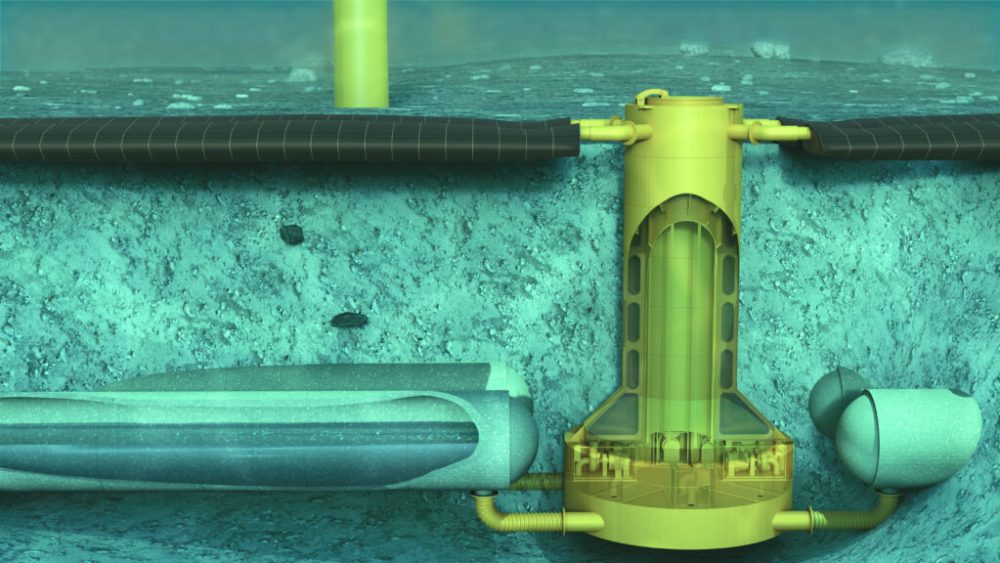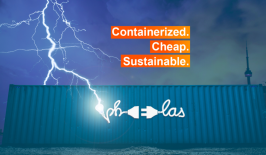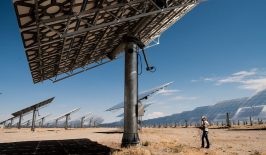We’ve heard it many times before: renewable energy comes with some pretty severe downsides. One of the best known is the clear fact their power generation is intermittent. There’s little a solar panel can do at night, and a wind turbine on a windless day is nothing but a 90-metre tall lawn ornament.
But surely, sunny and windy days when renewable energy is gushing forth make up for this downside? Well, unfortunately, that’s not quite the case, as affordably storing renewable energy for later use is also racked with complications.
To put it bluntly, normal ion-based batteries are simply not up to task. The central issue is one of cost and scale. For example, according to the U.S. Energy Information Administration, the typical U.S. household uses 893 kilowatt-hours of electricity a month. Even the best lithium-ion battery can only hold 0.2 kilowatt-hours per kilogram, meaning a storage device big enough to store the monthly electricity for a single home would balloon to over 1 tonne in weight. With batteries costing around 0.30 USD per kilo-watt hour, the cost also soon skyrockets. And that’s just for a single home.
But storing renewable energy is possible, it often just requires some blue-sky thinking – or in the case of one Dutch startup, some blue-ocean thinking. Ocean Grazer, a spin-off of the University of Groningen, has developed a prototype battery designed to rest on the seafloor. The battery consists of a large underground reservoir containing millions of litres of fresh water. Excess electricity from coastal renewable energy sources is then used to pump this water into an inflatable bladder attached to the sea floor. When the energy is once again needed, water pressure from the ambient seawater squeezes the fresh water back into the reservoir through a system of turbines, generating – or regenerating – the electricity for use.
A Dam Good Idea?
The system essentially replicates the process of a hydroelectric dam by creating a vast pool of potential energy which can be turned into electricity. In Ocean Grazer’s case, water pressure takes the role of gravity traditionally used in a dam. Using naturally occurring – and free – forces to turn electricity from one state into another is the key to understanding and producing these kinds of renewable energy batteries – and improving their efficiency.
Some electricity is always lost in the process of changing it from one state to another – and this is also true for traditional batteries. But Ocean Grazer claims their approach does this with only a minimum of waste, and suggests 70 to 80 percent of the power pumped into the system will be retrieved. Although this is far less than the 99 percent efficiency of a lithium-ion battery, it is competitive compared to other forms of mechanical or potential energy storage devices. The Ocean Grazer also has the added advantage that it can conduct unlimited cycles (within an estimated 20 year lifespan) and can be scaled with larger reservoirs and additional bladders. A single reservoir can hold around 10 megawatt hours.
Currently, there is no information on the cost of such a project, but constructing large underwater reservoirs is unlikely to be on the cheap side. However, it does provide the possibility for hydroelectric principles to expand to new regions. It’s perhaps not surprising this development has emerged from the Netherlands – a notoriously flat nation with topography unsuited for large traditional hydroelectric dams.
Others certainly seem keen on the idea, and Ocean Grazer has received co-funding from the EU and European Regional Development Fund. They now hope to develop the concept further and ultimately gain a 10-15 percent share of the global renewable energy storage market.
Of course, underwater bladders and reservoirs are not the only means of saving up renewable energy. Previously RESET have also covered a range of other innovative solutions, including repurposing old mines as gravitational batteries, using hot stones to store thermal energy or eggshells to reduce the cost of lithium-ion batteries.








